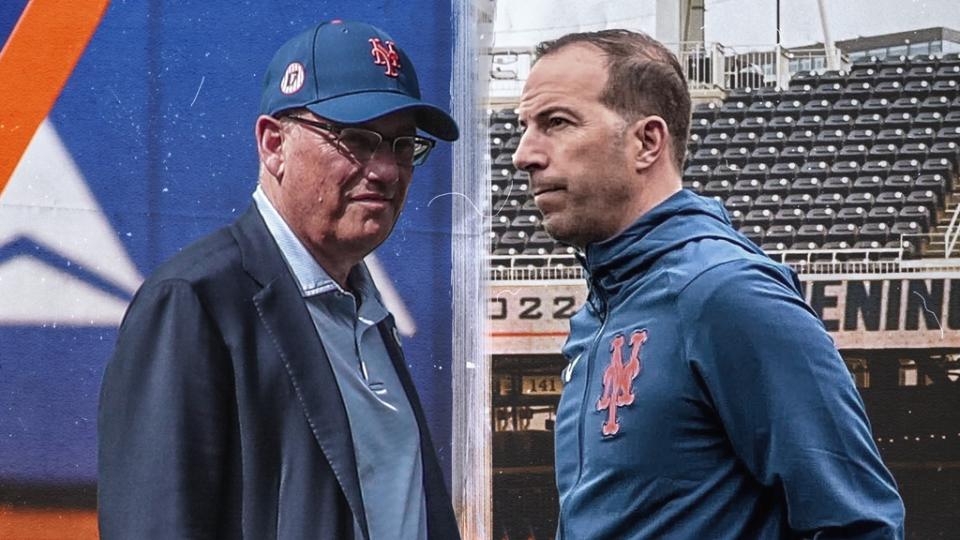
Just about a week ago, in the days after Jacob deGrom left the Mets to join the Texas Rangers and attempt to help them achieve their “vision” of winning a World Series, there was some serious consternation developing about what the Mets’ roster looked like and what could still be to come ahead of the 2023 season.
To be clear, there shouldn’t have been any consternation — not with the Mets ready to pounce on other players they had discussions with before deGrom left — but it existed anyway.
One outlet flashed a graphic of what the Mets’ internal starting pitching options were in the wake of deGrom leaving (nevermind that it was premature engagement-baiting). And some influential people started referring to the Mets as the third-best team in the NL East. It was around this point that some Mets fans started to lose it, which was understandable since they are driven by emotion and were being fed doomsday narratives.
But here’s the thing…
The Mets were always going to spend big this offseason (as I wrote on Oct. 18), and they were always going to build a team that was at least on par with the one that won 101 games last season.
That started last Monday, when the Mets struck quickly on Justin Verlander as the Winter Meetings began to give them a second ace atop the rotation to replace deGrom. Then came a trade for Brooks Raley, and the signings of Jose Quintana, Brandon Nimmo, David Robertson, and Kodai Senga.
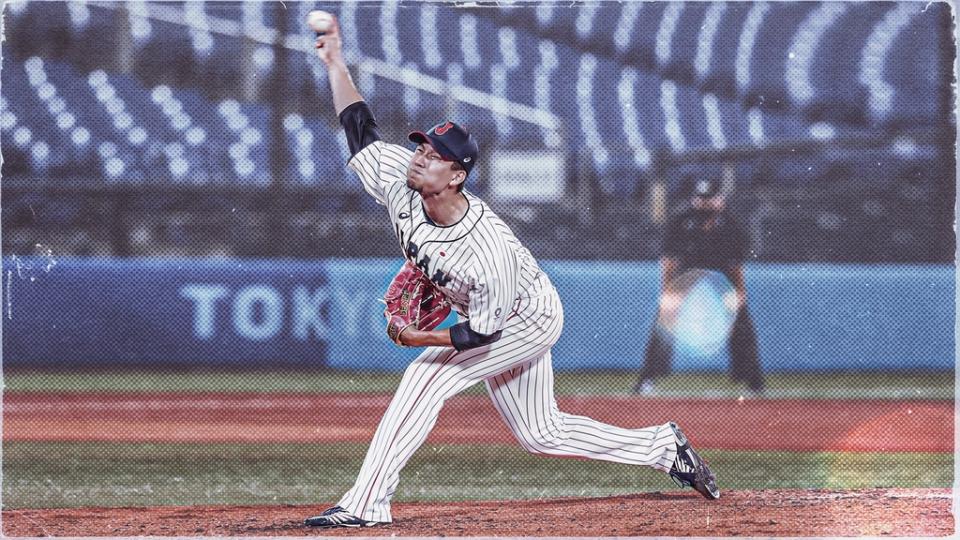

Before exploring what could and should be next, let’s crush two foolish narratives that have been developing in the wake of the Mets’ historic week of spending.
The first narrative is that the Mets haven’t really improved from last season.
First of all, the Mets didn’t have to improve from 2022 to 2023. They had tons of free agents set to leave, needed to return a similarly skilled team, and will. Further, I disagree with the notion that the Mets haven’t improved (more on that in a bit).
The second narrative is that the Mets’ wild spending over the last week (and it certainly has been wild) is something that will be a regular exercise for them — and something that makes the team they’ve built less impressive because they’re simply throwing money around.
Yes, the Mets have spent a ton this offseason, and their payroll for 2023 will probably be in excess of $350 million, well beyond the top luxury tax threshold. But…
1. The Mets have at least $65 million coming off the books after the 2023 season — which could become close to $110 million if Max Scherzer opts out — and they have loads of money coming off the payroll after 2024 and 2025.
And
2. The Mets have impact prospects ready to contribute this season (and more coming in 2024 and 2025), whose arrival should mean lots of cost-effective players and a precipitous drop in the payroll.
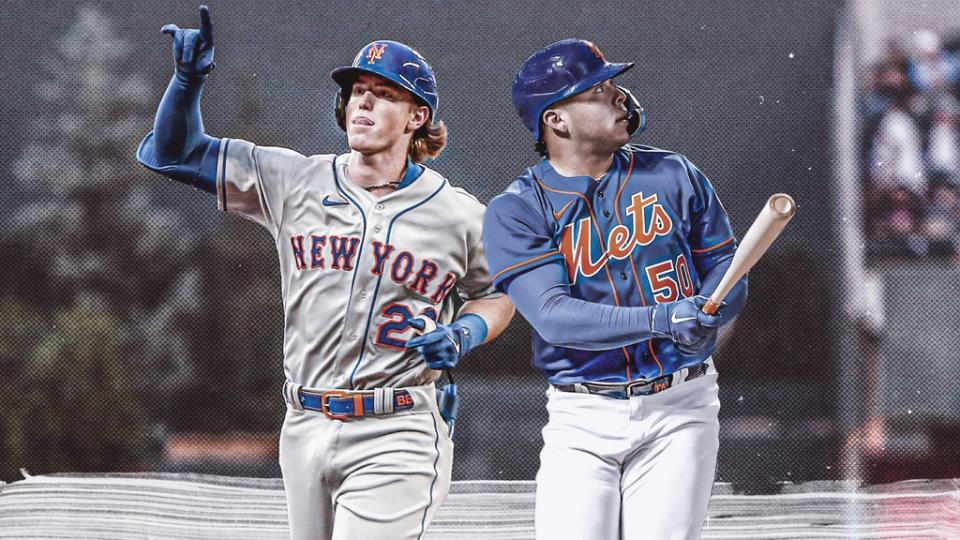

What the Mets are doing right now is flexing their financial muscle in order to be a World Series contender right now as they continue to build their front office infrastructure and analytics team, and wait for the minor league system to bear serious fruit and help them build a sustainable winner that doesn’t have to go nuts in free agency every year.
And the Mets have had the best offseason of any team in baseball, which obviously means they’ve had the best offseason of any contender in the NL East.
The Atlanta Braves have done next to nothing, and they can kind of just coast given how well their roster is set up in 2023 and beyond. Meanwhile, the Philadelphia Phillies got a huge piece by adding Trea Turner. But signing Turner and Taijuan Walker (when factoring in what the Mets have done) does not make the 87-win Phillies better than New York.
To circle back to the “Mets aren’t better than 2022” narrative … I disagree with it.
For just one example, the 2022 Mets got 11 starts from deGrom and were without Scherzer for about one third of the season. I’m willing to bet Verlander will make a lot more than 11 starts. Then there’s the fact that New York essentially replaced Walker and Chris Bassitt with Quintana and Senga. That might be a push, but if Senga comes close to reaching his potential, the Mets’ rotation in 2023 will be a good deal better than it was last season.
Still, there are some things the Mets need to do in the coming weeks to round out the roster — especially as it pertains to making sure there’s more punch in the lineup. Here’s what should be left on their list…
Bolster the bullpen a bit more
As things currently stand, the Mets probably have four guaranteed members of the 2023 bullpen: Edwin Diaz, David Robertson, Drew Smith, and Brooks Raley.
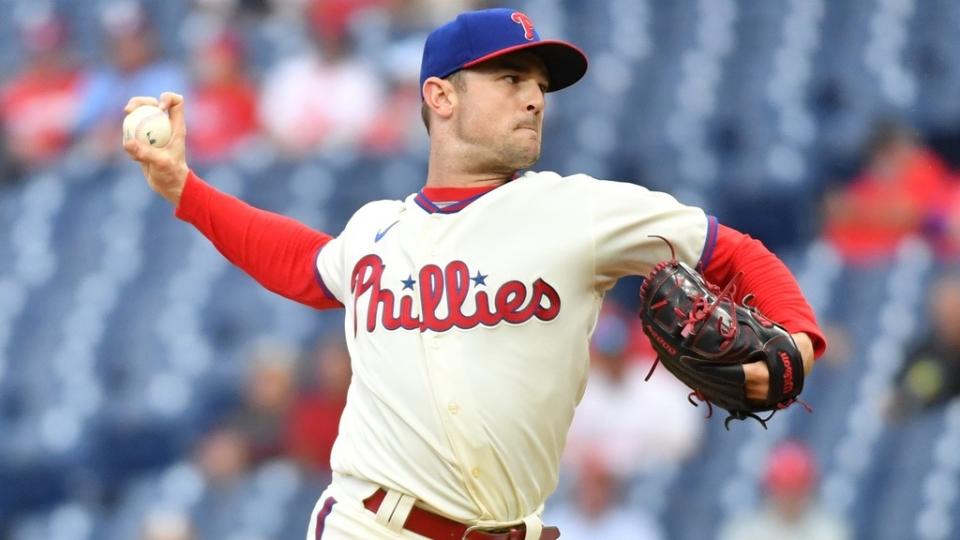

Then there’s John Curtiss, who was signed to a two-year deal last offseason as he recovered from Tommy John surgery, and figures to have an inside track to nab a bullpen spot if he’s fully recovered and looks good in spring training.
So the Mets need two or three more members of the bullpen. And while they’ve got some holdovers from last season on the 40-man roster (including Bryce Montes de Oca, Yoan Lopez, and Stephen Nogosek), and have added some low-risk options this offseason (including Stephen Ridings, William Woods, Tayler Saucedo, Jeff Brigham, and Rule 5 pick Zach Greene), they’re going to need another one or two relievers who profile as more of a sure thing.
Tylor Megill could be an option, but it’s hard to rely on him after an injury-plagued 2022 and some serious hiccups when he was moved from the rotation to the bullpen late in the season.
A reunion with Seth Lugo, who is drawing interest on the open market from some teams as a starting pitcher option, seems unlikely. Reunions with Adam Ottavino or Trevor May also feel unlikely at this point.
So who else is out there on the free agent market?
Some intriguing options include right-handers Brad Boxberger and Michael Fulmer, and left-handers Andrew Chafin (who dominates lefties but is a true crossover guy) and Matt Moore.
The Mets could also explore the trade market for relief help…
Be opportunistic while exploring potential trades
Because of the salary relief the Mets will be getting after the 2023 season, the influx of prospects whose arrival should help keep their payroll down in future seasons, and the money coming off the books after 2024 and 2025, they don’t have to aggressively look to shed salary right now. But it wouldn’t be a bad thing to see what they could get for someone like Carlos Carrasco.
If the Mets think David Peterson could provide similar production to Carrasco at a sliver of the cost (Peterson will earn less than $1 million in 2023 while Carrasco gets paid $14 million), it could make sense to dangle Carrasco.
Yes, that would weaken the Mets’ rotation depth, but it could be worth it if the Mets can get something legitimate in return for Carrasco — perhaps some relief help. And they really should be able to get something of serious value when you consider that Carrasco was right around league average last season and the currently exploding costs in terms of both years and dollars for pitchers who are similar to him.
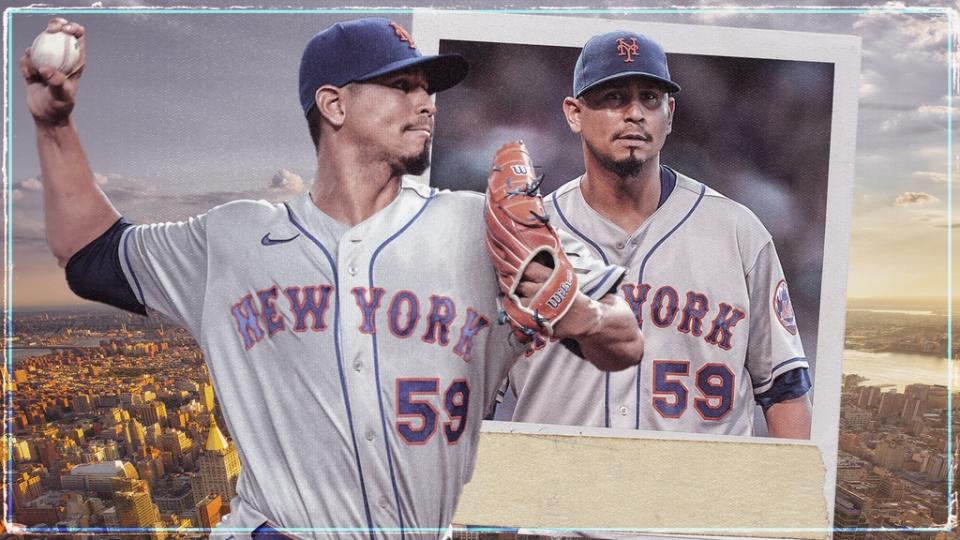

If the Mets are ready to turn third base over to Brett Baty, they can also look into the market for Eduardo Escobar.
Then there’s the catching situation, with three guys (Francisco Alvarez, Tomas Nido, and James McCann) for two spots.
Alvarez should be the Opening Day catcher, and New York cannot justify carrying McCann over Nido. So something really has to give with McCann, even if the Mets need to eat a large chunk of his salary ($24 million over the next two seasons) to deal him.
The Mets should also keep an eye on the situation in Boston, where Red Sox GM Chaim Bloom (whose team just lost homegrown star Xander Bogaerts and traded homegrown star Mookie Betts a few seasons ago) recently said Boston will try to extend Rafael Devers — a homegrown superstar set to hit free agency after the 2023 season. If those talks go sideways, the Mets should be ready to pounce.
Figure out how to add punch to the lineup
The 2022 Mets were not lacking when it came to their ability to score runs.
Only two National League teams — the Braves (789 runs scored) and Los Angeles Dodgers (a ridiculous 847 runs scored) — plated more runs than the Mets (772) last season. And only two teams in the American League (the Yankees with 807 and Toronto Blue Jays with 775) scored more runs than New York.
Still, the Mets’ reliance on contact over power failed them late in the season when they needed just one win against the Braves in Atlanta to put themselves in the driver’s seat in the NL East, and their offense sputtered in two of three games in the Wild Card series as they were eliminated by the San Diego Padres.
As things currently stand, the Mets are returning an offense that is nearly identical to the one they had last season, with the exception perhaps of catcher: Pete Alonso at first base, Jeff McNeil at second base, Francisco Lindor at shortstop, possibly Escobar at third base, Nimmo in center field, Starling Marte in right field, and Mark Canha in left field.


And SNY’s Andy Martino reported earlier this offseason that New York plans to go internal at DH. That would seemingly mean most at-bats going to lefty Daniel Vogelbach, whose inability to be a factor against left-handed pitchers and limitations on the bases arguably make him a poor fit as a lineup mainstay.
GM Billy Eppler has said multiple times this offseason that the Mets don’t necessarily need more power in their lineup and that he isn’t specifically seeking it out.
Perhaps that’s the case, or maybe Eppler is simply not revealing his intentions (and why should he)? Either way, I think Eppler knows the team needs more punch. And the way I see it, there are three possible avenues they can explore to add it.
One option would be adding a DH such as J.D. Martinez, who is effective against righties and lefties, and slashed .274/.341/.448 with 16 homers and 43 doubles last season. But the Mets should only be interested if he can be had on a one-year deal, which might be unlikely.
Another option would be to add an outfielder with power. One who could make sense is Adam Duvall, who had a down year power-wise in 2022 but who slugged .512 with 64 homers in 244 games from 2019 to 2021. But Duvall’s on-base ability leaves a lot to be desired.
The third option would be to add punch from within, rolling with Alvarez as the starting catcher from the first day of the season, and having Baty split time with Escobar as the long end of the third base platoon.
At some point, the Mets are going to have to take the training wheels off their prospects, and that time could be coming soon — especially if they don’t add any impact offense from outside the organization this offseason.
